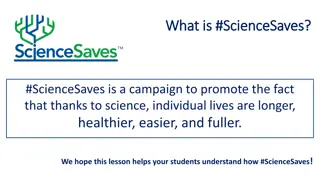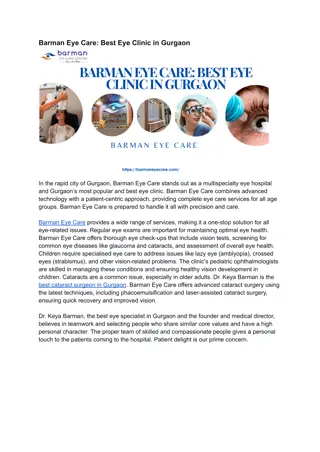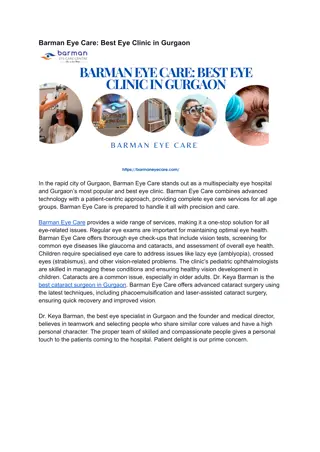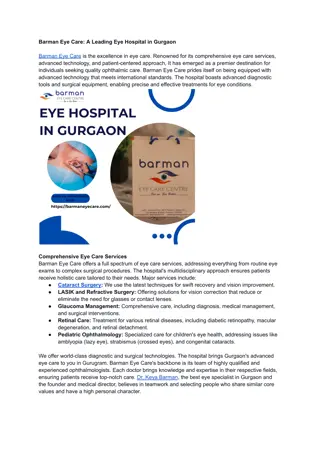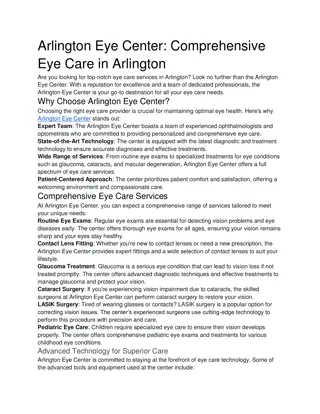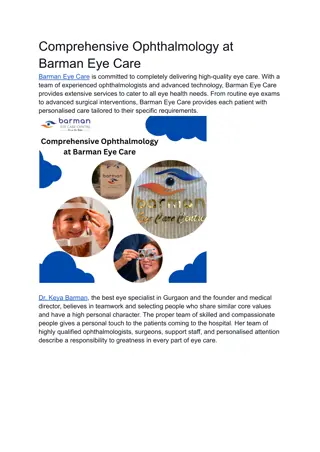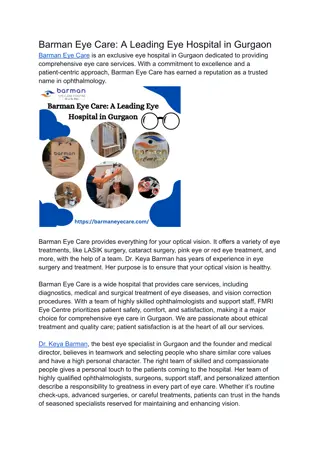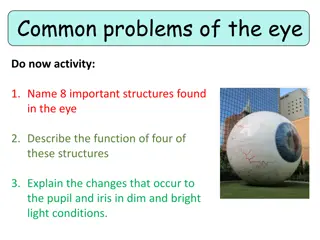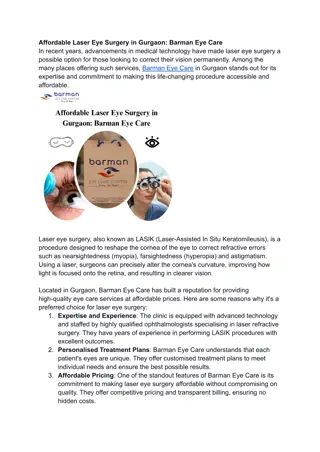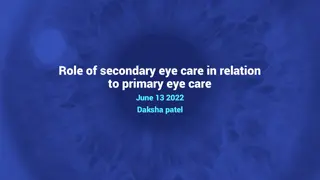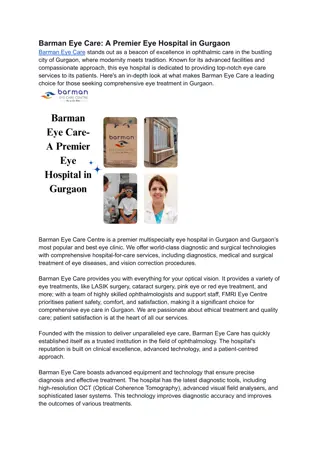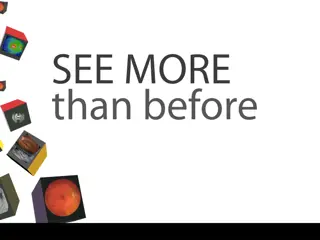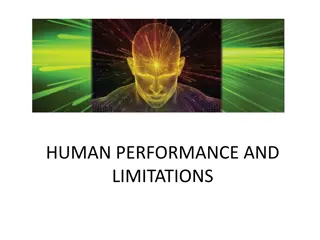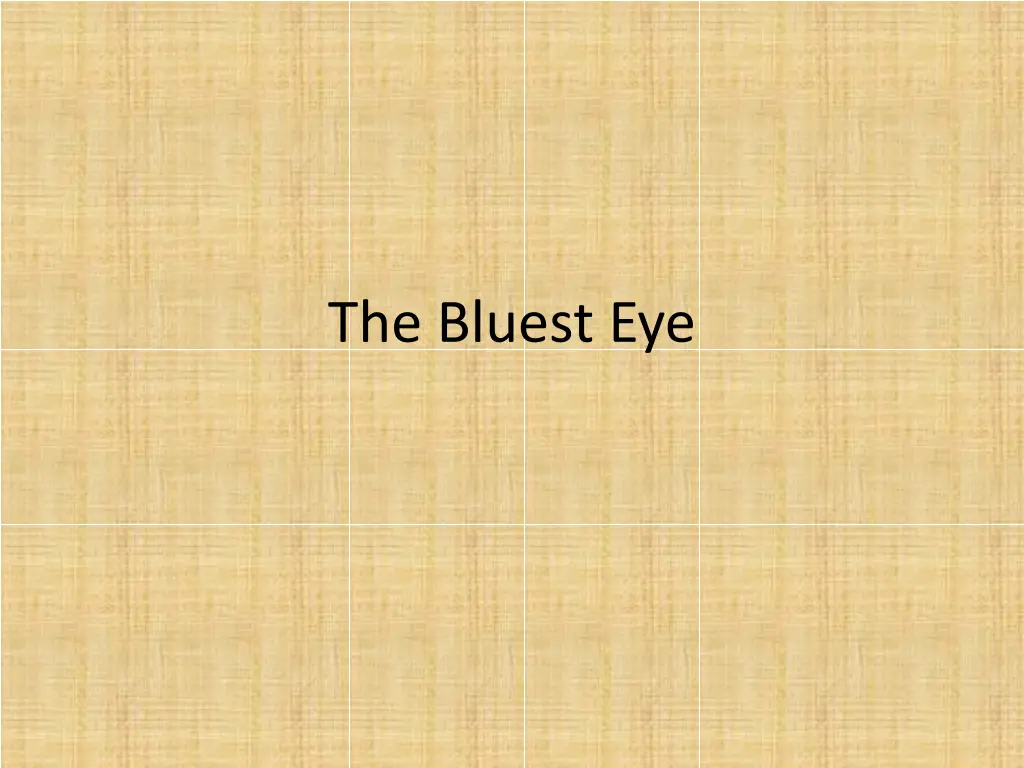
Insights into "The Bluest Eye
Explore the poignant themes and profound character journeys in "The Bluest Eye" by Toni Morrison through thought-provoking excerpts and questions. Reflect on the struggles, desires, and complexities portrayed in the narrative, delving into the relationships between race, beauty, madness, and societal norms.
Download Presentation

Please find below an Image/Link to download the presentation.
The content on the website is provided AS IS for your information and personal use only. It may not be sold, licensed, or shared on other websites without obtaining consent from the author. If you encounter any issues during the download, it is possible that the publisher has removed the file from their server.
You are allowed to download the files provided on this website for personal or commercial use, subject to the condition that they are used lawfully. All files are the property of their respective owners.
The content on the website is provided AS IS for your information and personal use only. It may not be sold, licensed, or shared on other websites without obtaining consent from the author.
E N D
Presentation Transcript
The birdlike gestures are worn away to a mere picking and plucking her way between the tire rims and the sunflowers, between Coke bottles and milkweed, among all the waste and beauty of the word which is what she herself was. All of our waste which we dumped on her and which she absorbed. And all of our beauty, which was hers first and which she gave to us. All of us all who knew her felt so wholesome after we cleaned ourselves on her (213). [Second to last page in the ibook version I m using.]
Of all the wishes people had brought him money, love, revenge this seemed to him the most poignant and the one most deserving of fulfillment. A little black girl who wanted to rise up out of the pit of her blackness and see the world with blue eyes. His outrage grew and felt like power. For the first time he honestly wished he could work miracles (179).
When Sammy and Pecola were still young Pauline had to go back to work. She was older now, with no time for dreams and movies. It was time to put all of the pieces together, make coherence where before there had been none. The children gave her this need; she herself was no longer a child. So she became, and her process of becoming was like most of ours: she developed a hatred for things that mystified or obstructed her . . . (130). Pauline kept this order, this beauty, for herself, a private world, and never introduced it into her storefront, or to her children. Them she bent toward respectability, and in so doing taught them fear: fear of being clumsy, fear of being like their father, fear of not being loved by God, fear of not being loved by God, fear of madness like Cholly s mother s. Into her son she beat a loud desire to run away, and into her daughter she beat a fear of growing up, fear of other people, fear of life (132).
Nobody paid us any attention, so we paid very good attention to ourselves (192). How is this idea similar to Pecola s madness, that madness which protected her (213).
Questions How do the movies in The Bluest Eye compare to the movies in The Outsiders? What s wrong with Pecola s parents? Are there redeemable adults in this story? Are there alternatives to the crushing pit [of] blackness ? What is the relationship between vision, violence, and voice in this novel? Why is growth so scary in this novel?



